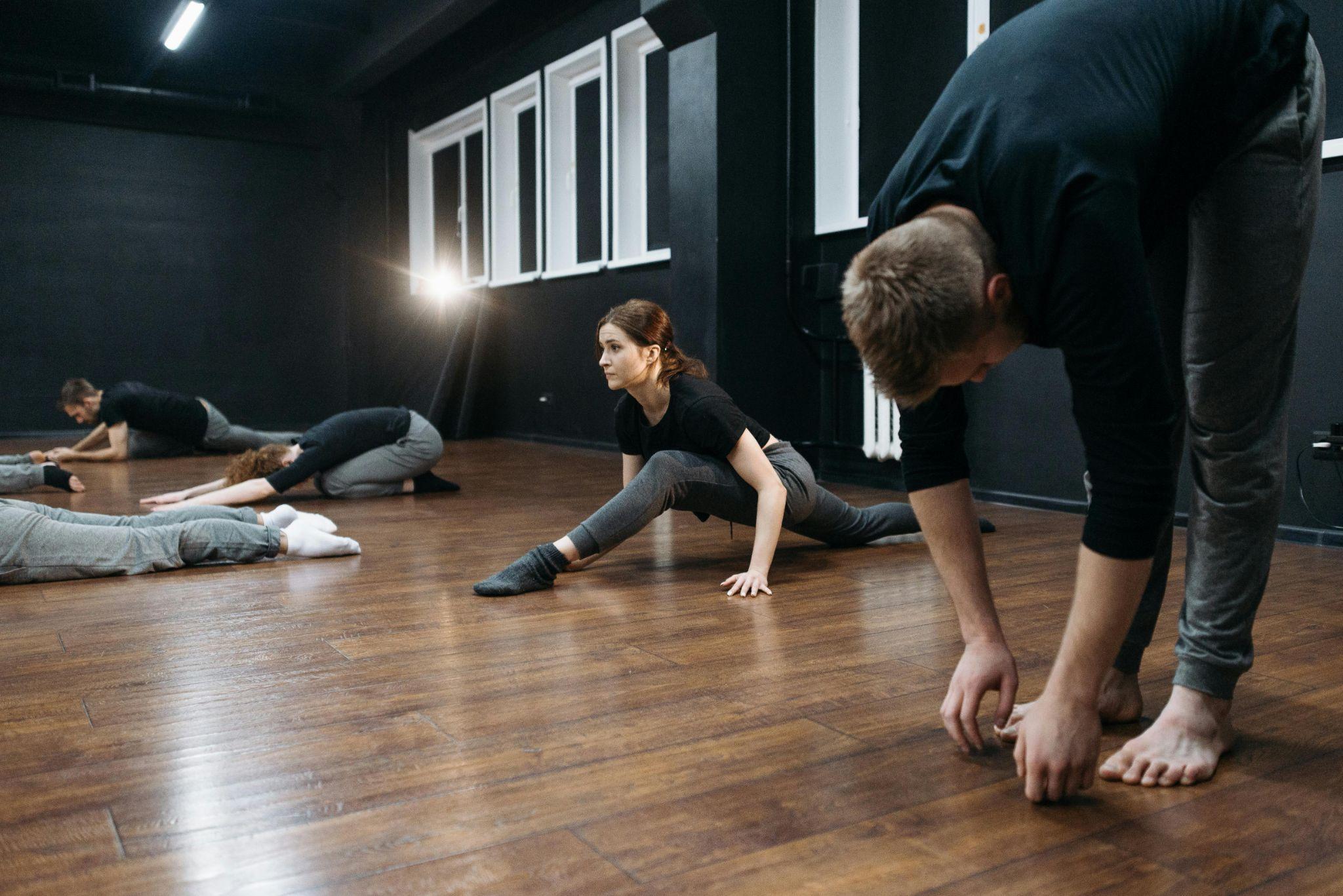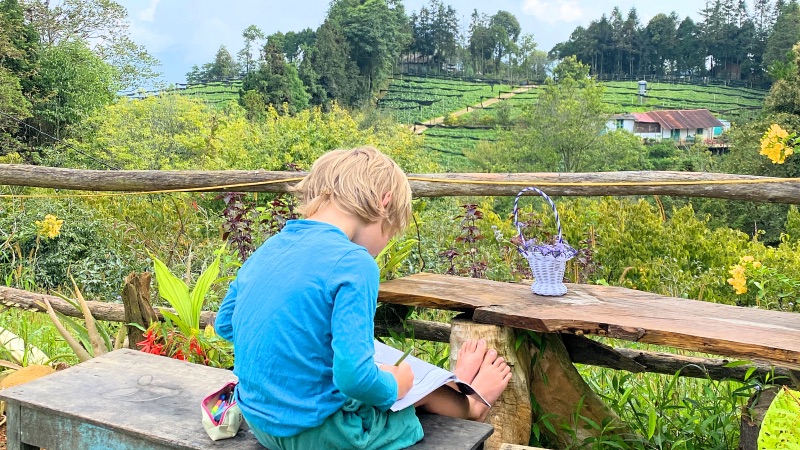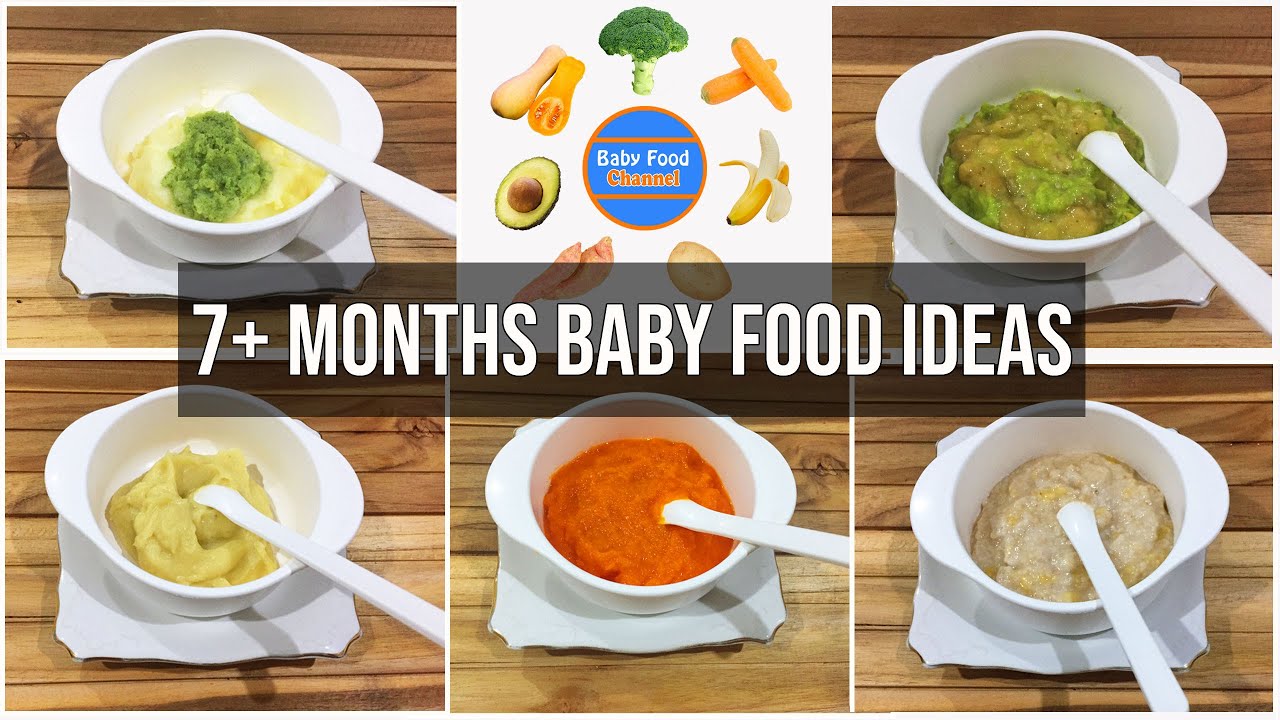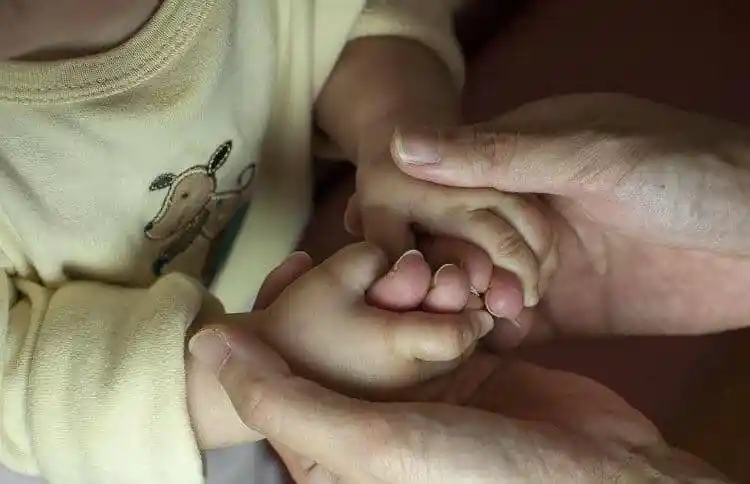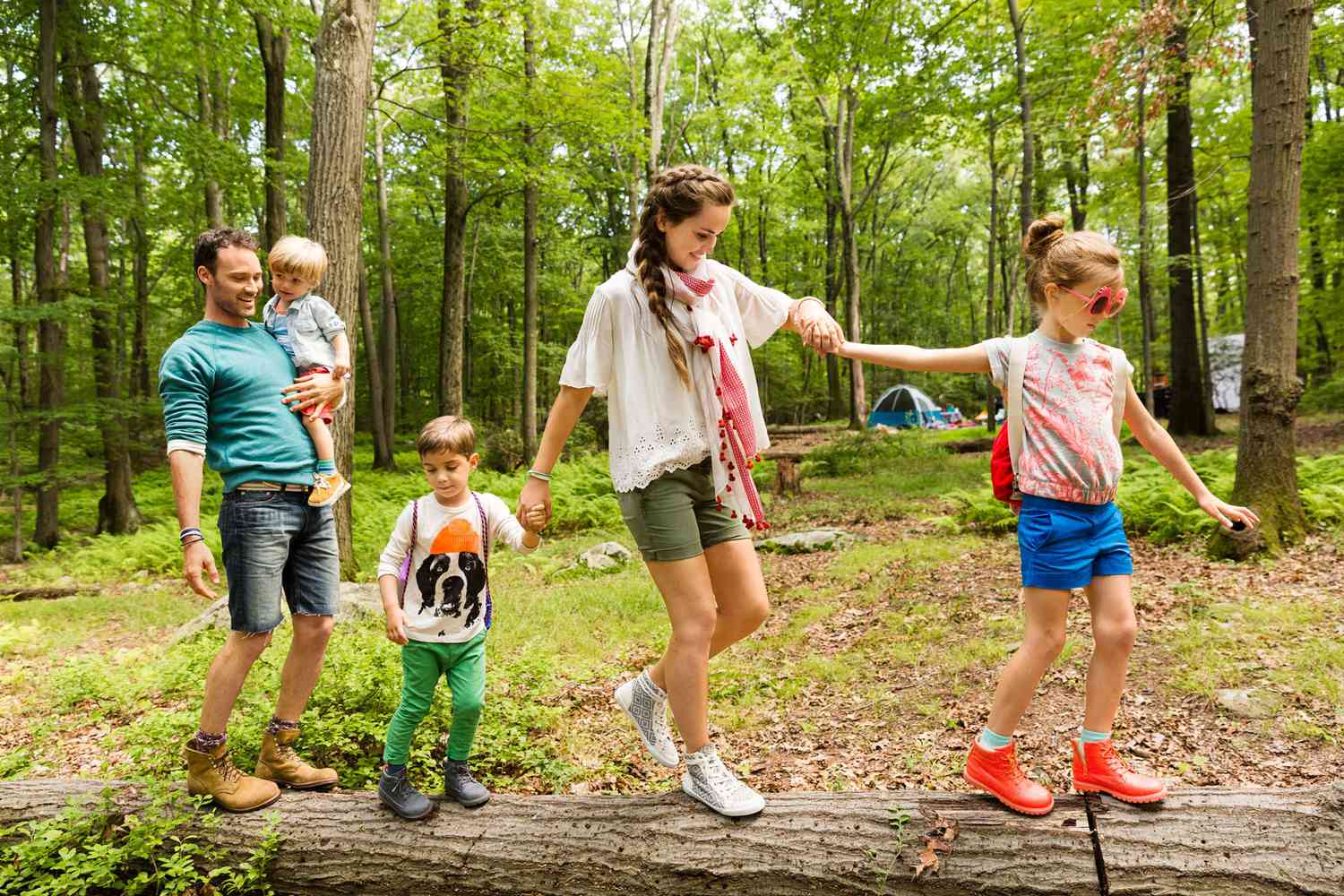
Do you love wildflowers? Do you want to teach your kids about the environment and the importance of Mother Nature? Then make wildflower seed bombs with them! Making wildflower seed bombs is a fun and educational way to spread awareness and some nature around you while involving your kids in the process.
In this blog, we will show you how to make wildflower seed bombs at home with just a few ingredients. Seed bombs are easy to make and can be planted anywhere; if you are living in an urban neighborhood without a backyard, you can plant them in small pots or even create recycled pots, which is another DIY activity with your little ones.
Get started now!
About Seed Bombs

Seed Bombs are small compact balls made of soil, compost, and seeds. They are often used in guerrilla gardening, urban environments, and areas that are affected by deforestation and other environmental degradation. The term seed bomb was first coined by a Japanese farmer and philosopher, ‘ Masanobu Fukuoka.’
The concept of seed bombs was popularized with Fukuoka’s approach to agriculture and his principles of national farming. His belief is in working with nature while practicing sustainable and harmonious farming that mimics the natural ecosystem. This concept also advocates a simple and minimalist approach by avoiding the tedious process of tilling and sowing, which disrupts the balance and reduces the quality of soil due to excessive human intervention.
The idea is to mix soil and compost with seeds to make balls and scatter or bomb them and let nature take its course to germinate and grow. This process aims for biodiversity by bombing a variety of crops that promote a resilient ecosystem that can withstand pests, diseases and environmental challenges.
Wildflower Seed Bombs
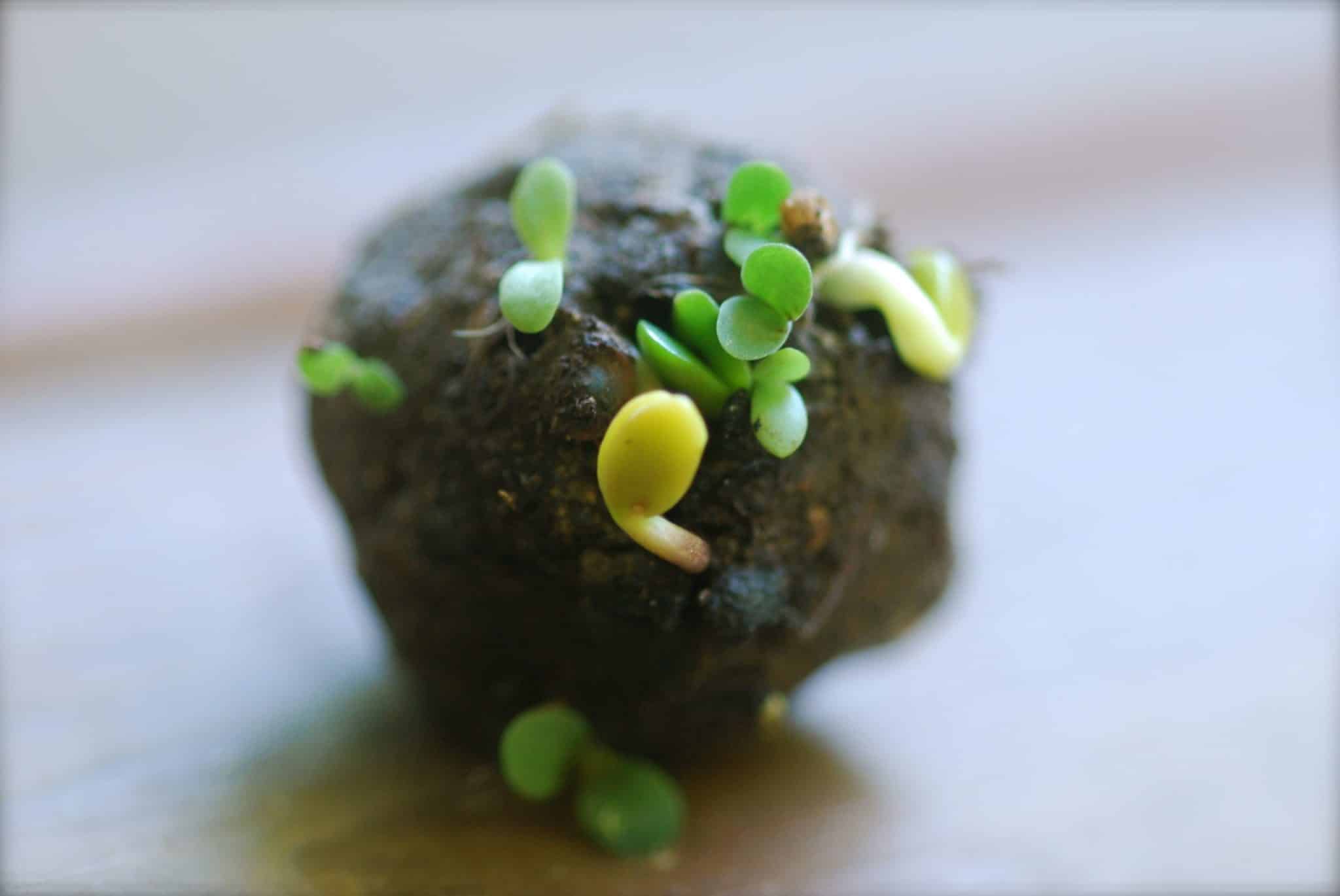
Wildflower seed bombs are a perfect way to add a splash of color to your garden and attract pollinators. Wildflower seed bombs are just small balls of clay and compost with wildflower seeds. The clay protects the seeds from being eaten by birds and other predators, and the compost provides the necessary nutrients for the seeds to grow well. These seed bombs can be made easily at home, and it is a very fun activity for kids to help with.
Here are some of the best wildflowers that you can use to make and plant seed bombs.
- Cornflower
- Chamomile
- Daisy
- Wild Carrot
- Butterfly weed
- Goldenrod
- Purple coneflower
These are some of the wildflowers that are native to America and can easily grow from seeds. Get started on your wildflower seed bombs today with these DIY options to make seed bombs with your kids.
DIY Wildflower Seed Bombs
1. Fukuoka Method

Fukuoka Method also known as the ‘Earth Dumping Method,’ is a very simple and sustainable gardening method to plant and grow native flowers and crops. Fukuoka developed this method in the 1930s when he seed-bombed roadsides and neglected areas.
In this method, the gardener uses native clay, sifted compost and native plant seeds. If you cannot source native clay you can source any clay from your vicinity or local nurseries and gardeners. You can prepare sifted compost at home or you can purchase from local stores or online.
Here’s how you can make wildflower seed bombs with your kids using the Fukuoka method.
The Material you will need
- 3 parts sifted compost
- 5 parts sifted clay
- Wildflower seeds of your choice.
- Water
- Tray or bucket
Mix all the ingredients in a bucket or tray and add some water to mix it well. Gently rotate the tray or bucket in a circular motion and observe the small clay balls taking shape.
Let the seed balls sit and leave them for 24- 48 hours to harden before spreading out.
2. Recycled Paper Seed Bombs
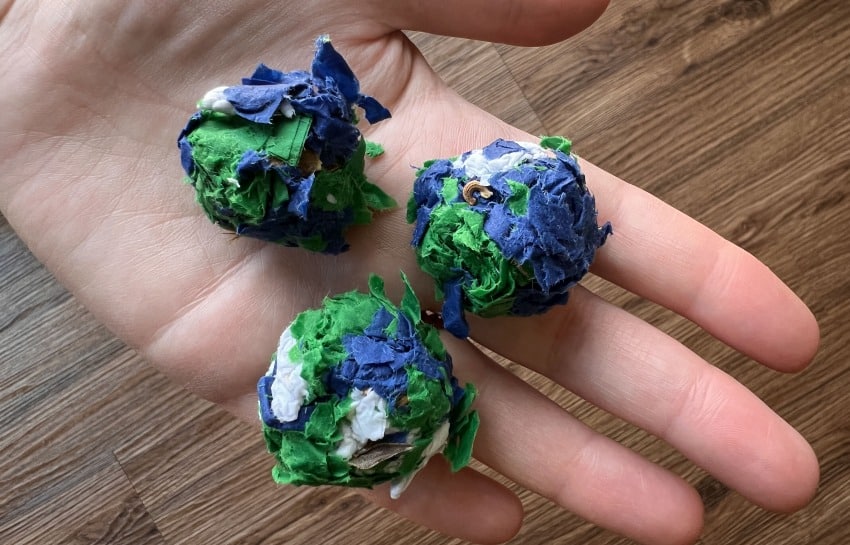
Seed Bombs using recycled paper is the most sustainable and eco-friendly choice to reduce the environmental impact. This process doesn’t just help you with repurposing the trash but also helps you conserve resources. Since paper is biodegradable, it decomposes naturally over time without leaving any residues while providing valuable nutrients to the soil.
In this method, you don’t need any soil; the paper pulp acts as a protective layer for the seeds. This is also a great educational tool for kids, this helps them learn sustainability, recycling and the importance of natural resources. Additionally, this is a very cost-effective method that does not need any extra resources.
The material you will need
- Recycled Paper like old newspapers, old notebook pages, or any non-glossy paper
- Wildflower seeds of your choice
- Water
- Large bowl
- Food processor (optional)
Tear the papers into small pieces and soak them in water in a large bowl. Allow the paper to soak for several hours until it becomes soft and pulpy. Once the paper reaches the desired consistency, use the food processor to make paper pulp with no lumps. If you do not have access to a food processor, you can knead the paper with your hands to make pulp. Mix wildflower seeds and make small balls. Let the balls dry for 24 -48 hours before spreading out.
3. Air-Dry Clay Seed Bombs
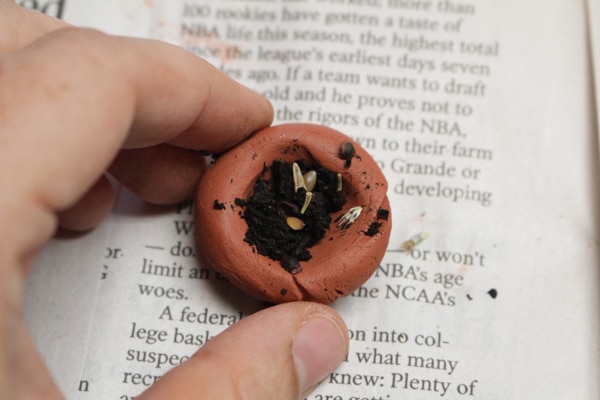
Air-dry clay is a modelling clay for artists who do not have access to a kiln or baking in an oven. This is the most common thing you can observe in kid’s craft project equipment, as it is very easy to work with. Air-dry clay dries easily and hardens when exposed to air.
In this method, you need to use air dry clay as an outer layer to protect the seed from being eaten. Before using the air-dry clay knead it with your hands to soften and remove any debris. If you are planning to gift these seed bombs, you can add natural food colors like beetroot juice, spinach, and turmeric to add some color.
The material you will need
- Air-dry Clay
- Wildflower seeds
- Compost
- Water
- Natural Dye ( optional)
Take a handful of air dry clay and flatten it on a clean surface or your palm. Add some seeds and compost onto the clay. Fold the clay over the mixture and enclose them completely to roll a ball. Let the seed bombs dry on a tray for 24 -48 hours before using them.
4. Eggshell Seed Bombs

Seed bombs using eggshells are a creative and eco-friendly way to use eggshells. Instead of using clay and paper, eggshells are biodegradable and promote seed growth. As the egg decomposes, it provides nutrients to the seed, which acts as an extra boost for germination.
In this method, the eggshell acts as a natural protector of the seeds. To turn the eggshell into a container for seeds, you have to make a small opening on top of the egg without breaking the egg. You can use a needle to carefully crack the top of the egg and remove the content from the eggs through the opening and clean them thoroughly.
The material you will need
- Egg Shells (Emptied and Cleaned)
- Wildflower seeds
- Water
- Compost
- Sifted soil
Take rinsed and cleaned egg shells and fill it two-thirds with compost and add some wildflower seeds to it. Cover the seeds with some more soil while leaving some space for watering. Leave the eggs to dry for a few hours before planting them. As the seeds start to germinate, the eggshell will break down providing nutrients to the young plants.
5. Kitchen Scrap Seed Bombs
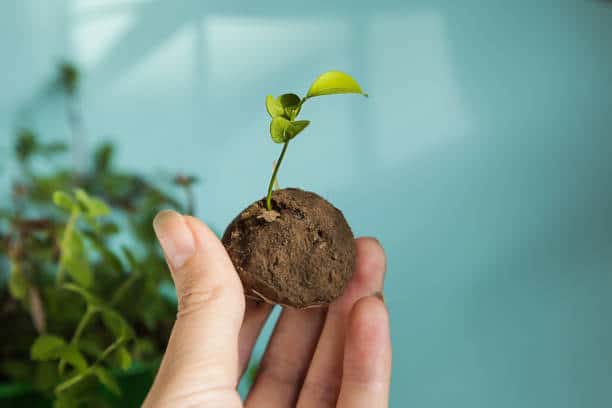
Recycling Kitchen scrap to make seed bombs is an eco-friendly way to reduce food waste and promote plant growth. As the seed bombs degrade, the compost releases nutrients providing an extra boost for the germinating seeds. This is a unique and sustainable gardening activity for kids.
The kitchen scraps, such as fruits, vegetable peels, tea leaves, and coffee grounds, blending them with compost will act like a container for seeds. Avoid using scraps that are cooked with oils and seasoning. Tear the scrap into small pieces to make it easy to blend.
The material you will need
- Kitchen Scrap
- Wildflower seeds
- Compost
- Water
- Blender or Food processor
Mix wildflower seeds with the blended mixture, and ensure they are evenly distributed throughout the mixture. Add some water and make small balls to create compact seed bombs that hold together. Place the seed bombs in a tray and let them dry for over 24 hours until they become firm and sturdy. Store them in a dry and cool place until you are ready to use them.
6. Ice Cube Tray Seed Bombs
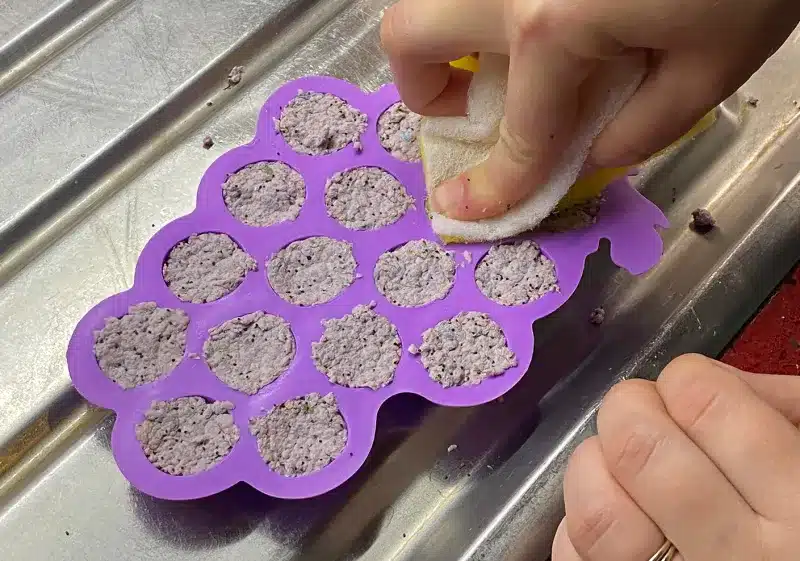
Making seed bombs with Ice cubes is a convenient and easy way to make seed bombs, as the ice tray acts like a mold to keep the seed bombs intact and uniform. It is recommended to use a silicone ice tray for easy removal. This can be a very easy and fun activity for kids.
This is a very affordable and easiest way to make seed bombs, as you will have most of the items readily available at home. While making the seed bombs, make sure you have perfect consistency; the mixture should hold the seeds together but not too wet.
The material you will need
Mix potting soil, compost and seeds in a 3:1 ratio, adjust the portions accordingly, and make sure the seeds are evenly distributed throughout. Gradually add water to adjust consistency and make small balls. Fill the ice cube tray compartment with seed bombs and gently press to make sure they are compact. Use your fingers to smoothen the top of each seed bomb to level the surface. Allow the seed bombs to dry for 24 to 48 hours, and keep the tray in a place where the seeds can receive abundant sunlight. Water the seed bombs till they germinate.
How to use Seed Bombs
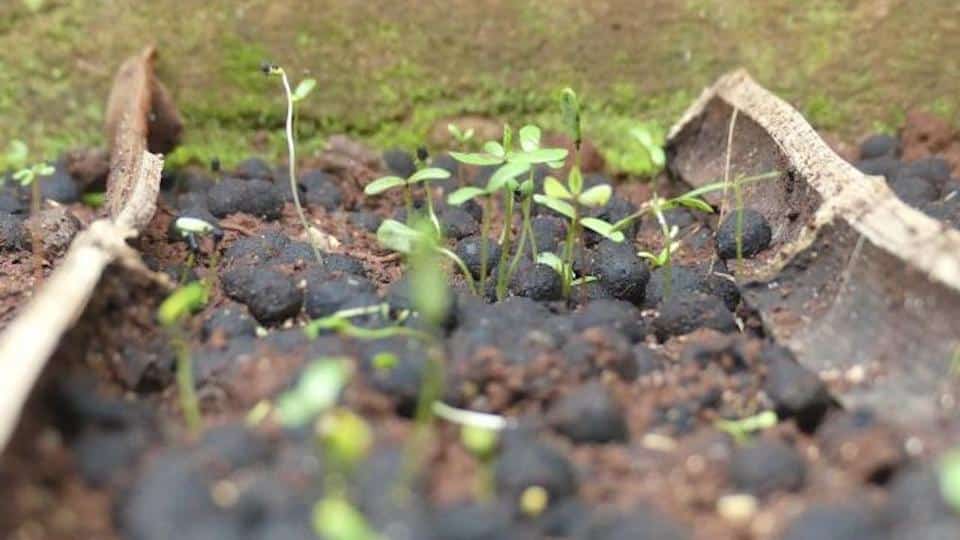
Wildflower seed bombs are an enjoyable way to plant beautiful and colorful wildflowers in the garden or any outdoor space. Here’s a step-by-step process to use Wildflower seed bombs.
- Choose the location- Select a perfect spot for the seed bombs to grow successfully. Look for a place that receives abundant sunlight and has easy access to water. Make sure the soil is nutrient and free from weeds and debris, which gives more chances for seeds to grow.
- Prepare the soil- If the soil is hard or not well-drained, you will have to loosen it using a shovel or a garden fork. To improve fertility, add compost or other organic matter. Set a proper drainage system to keep the soil moist until the plants are well-established.
- Plant the seed bombs- Scatter the seed bombs evenly over the prepared soil; if needed, press them slightly into the soil but not too deeply. Ensure seed-to-soil contact before pressing them into the soil. If you are planting them in a large area, make sure to spread them evenly. The best time to plant wildflower seeds is in the fall.
- Water the seed bombs- Water the seed bombs thoroughly after planting; you will need to water them regularly till they germinate. If taken care of properly, wildflowers plants will be ready by the time winter arrives. It may take a few weeks to even months for the wildflowers to bloom, be patient.
Once the wildflowers bloom, sit back and enjoy with your little ones. It is important to remember that not all seed bombs have the same quality and may germinate at the same time. Preparing seed bombs with your kids is a fun and learning activity, which is a great way to spend some valuable time with your loved ones.
Conclusion
Making wildflower seed bombs is a delightful DIY project to nurture and instill a sense of responsibility for the environment. As your little one’s mold clay, sow seeds, and make small seed bombs, and by watching the wildflowers bloom, kids understand and learn the magic of plants’ life cycles.
We hope the DIY activities will help you and your kids foster creativity and also teach them the importance of biodiversity and the role of pollinators in the ecosystem. Grab your tools and make the joyful seed bombs; as the seeds bloom, the imagination and curiosity of the kids grow with the flowers.
Happy gardening!



